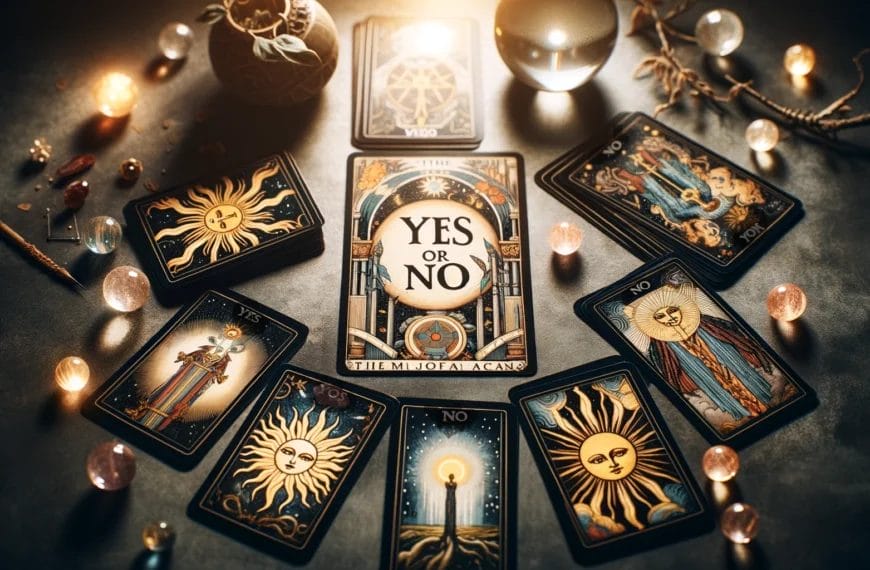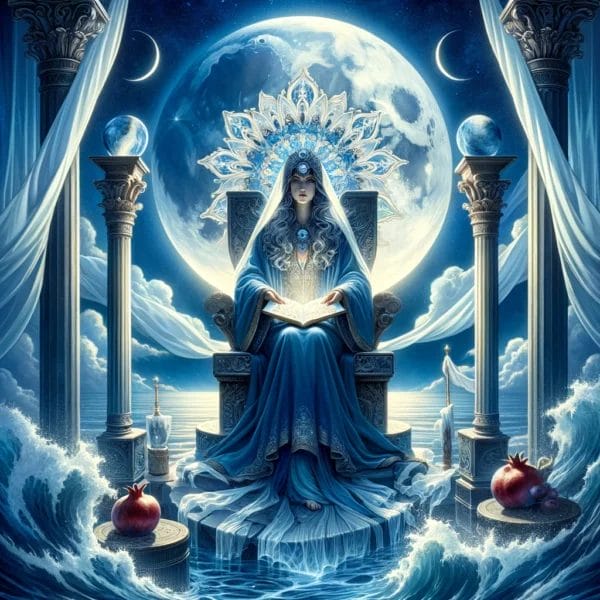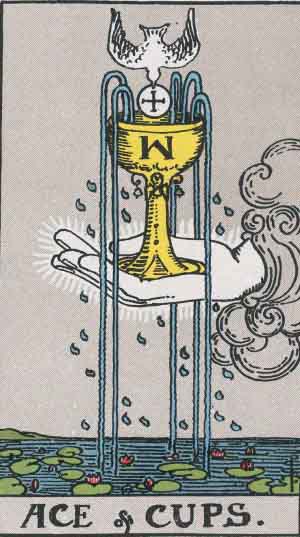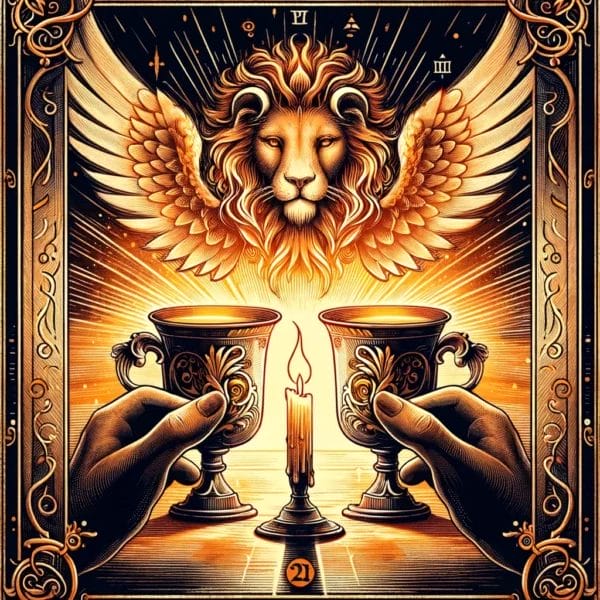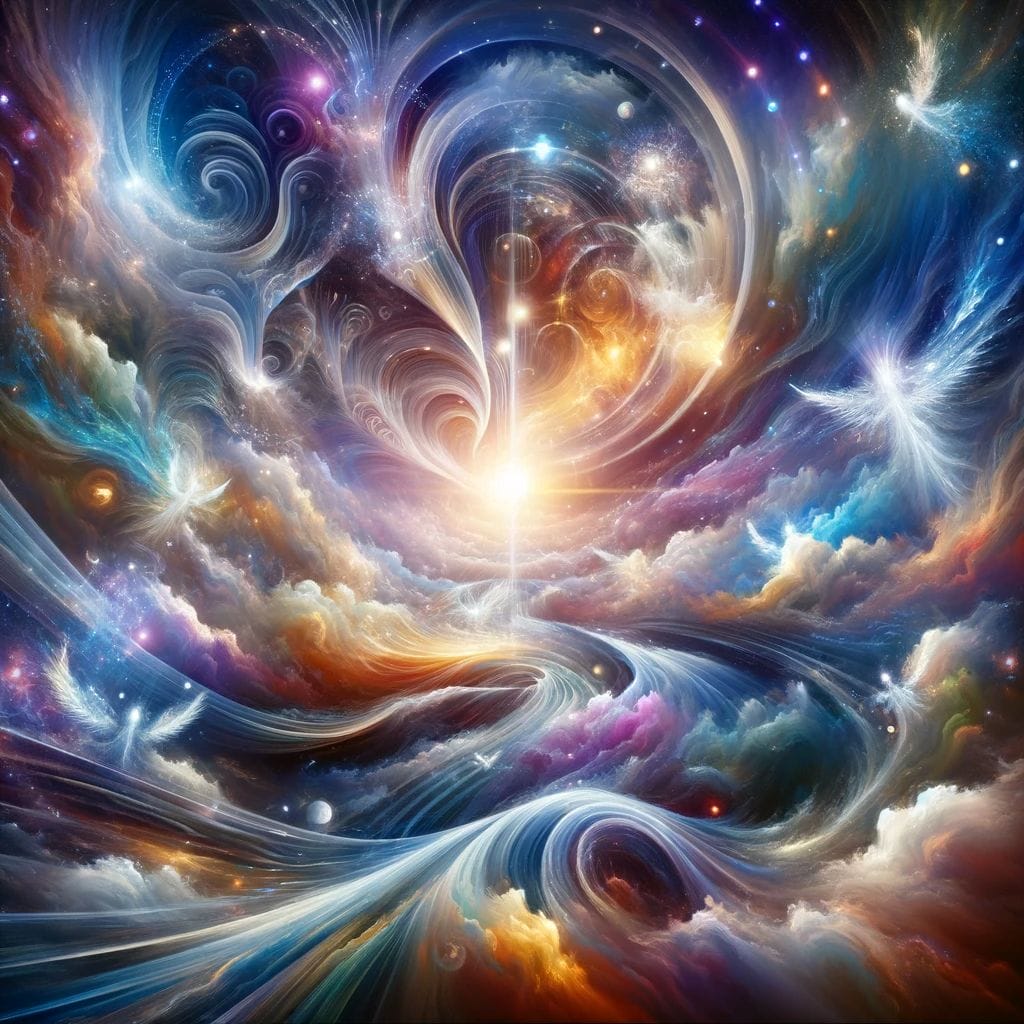The Suit of Wands, one of the four suits in the Tarot deck, has its roots deeply embedded in the history of divination and symbolism. I find it fascinating to trace its origins back to the medieval period, where it was often associated with the element of fire. This connection to fire symbolizes energy, passion, and creativity, which are essential themes that resonate throughout the suit.
The wands themselves were likely inspired by the staffs and rods used by magicians and spiritual leaders of ancient times, serving as tools for channeling energy and intention. As I delve into the history, I can see how these early representations laid the groundwork for the vibrant imagery we associate with wands today. In many ways, the Suit of Wands reflects the human experience of ambition and inspiration.
The earliest Tarot decks, such as the Visconti-Sforza deck from the 15th century, featured wands that were often depicted as simple sticks or staffs. However, as time progressed, these representations evolved into more ornate designs, adorned with leaves and flames, symbolizing growth and transformation. I appreciate how this evolution mirrors our own journeys—how we start with raw potential and, through experience and effort, become something more intricate and beautiful.
The Suit of Wands serves as a reminder of our innate ability to harness our passions and turn them into tangible outcomes.
Key Takeaways
- The Suit of Wands is believed to have originated from the ancient playing cards of the Mamluk dynasty in Egypt.
- Wands symbolize creativity, inspiration, and action, representing the element of fire in the tarot.
- Historical depictions of wands in tarot cards often feature images of flourishing plants, blossoming flowers, and budding trees.
- The evolution of the Suit of Wands in tarot decks has seen variations in imagery and symbolism, reflecting cultural and artistic influences.
- Wands in divination are often associated with ambition, energy, and passion, and can indicate new beginnings and opportunities.
Symbolism and Meaning of the Wands
When I think about the symbolism of the Suit of Wands, I am struck by its multifaceted nature. At its core, wands represent creativity, inspiration, and action. They embody the spark of life that ignites our ambitions and drives us to pursue our dreams.
In my own life, I have often found that when I am aligned with my passions, I feel a sense of empowerment that propels me forward. The wands encourage us to embrace our inner fire and take bold steps toward our goals. Moreover, wands are also associated with growth and development.
Just as a plant needs sunlight and water to flourish, our ideas and aspirations require nurturing and care. The imagery of wands often includes leaves or blossoms, symbolizing the potential for new beginnings and the importance of cultivating our talents. I resonate with this idea deeply; it reminds me that while ambition is crucial, so too is patience and perseverance.
The Suit of Wands teaches us that success is not merely about taking action but also about allowing ourselves to grow and evolve along the way.
Historical Depictions of Wands in Tarot Cards

As I explore the historical depictions of wands in Tarot cards, I am captivated by how these images have transformed over centuries. In early Tarot decks, such as the Marseille Tarot from the 17th century, wands were depicted in a more straightforward manner—often as simple sticks or rods without much embellishment.
However, as I examine later decks, such as the Rider-Waite-Smith deck created in 1909, I notice a significant shift toward more elaborate imagery. The Rider-Waite-Smith deck introduced a wealth of symbolism into the depiction of wands. Each card in this suit features vibrant illustrations that convey deeper meanings.
For instance, the Ace of Wands showcases a hand emerging from a cloud holding a wand sprouting leaves, symbolizing new beginnings and creative potential. This artistic evolution resonates with me because it highlights how Tarot has become a rich tapestry of visual storytelling that invites interpretation on multiple levels. The historical journey of wands in Tarot cards reflects not only changes in artistic style but also shifts in cultural understanding of creativity and ambition.
Evolution of the Suit of Wands in Tarot Decks
| Deck | Year | Number of Wands | Design |
|---|---|---|---|
| Rider-Waite | 1910 | 14 | Simple wooden wands with leaves |
| Thoth Tarot | 1969 | 14 | Colorful wands with intricate designs |
| Wild Unknown | 2013 | 14 | Abstract and minimalistic wands |
The evolution of the Suit of Wands in Tarot decks is a testament to how art and symbolism can adapt to reflect contemporary values and beliefs. As I study various decks from different eras, I notice that each artist brings their unique perspective to the imagery associated with wands. For example, in modern decks like the Wild Unknown Tarot, wands are often depicted as natural elements—branches or sticks intertwined with other organic forms—emphasizing a connection to nature and the cycles of life.
This evolution is not merely aesthetic; it also speaks to changing interpretations of what wands represent. In contemporary readings, wands are often seen as symbols of personal power and self-expression. They encourage individuals to tap into their creativity and pursue their passions unapologetically.
I find this shift particularly empowering; it aligns with a growing societal emphasis on authenticity and self-discovery. The Suit of Wands has transformed from a representation of ambition into a celebration of individuality and personal growth.
Interpretations of Wands in Divination
When it comes to divination, the interpretations of wands can vary widely depending on context and intuition. In my experience, wands often signify action-oriented energies—whether that be pursuing a new project or igniting a creative spark within oneself. Each card within the Suit of Wands carries its unique message; for instance, the Three of Wands often suggests expansion and foresight, urging me to look beyond my current circumstances and envision future possibilities.
Moreover, wands can also indicate challenges related to ambition and drive. The Five of Wands, for example, often represents conflict or competition, reminding me that while pursuing my goals is essential, navigating interpersonal dynamics can be equally important. This duality within the Suit of Wands resonates with my understanding that ambition can lead to both triumphs and trials.
It encourages me to remain adaptable and open-minded as I navigate my path.
Cultural Influence on the Suit of Wands
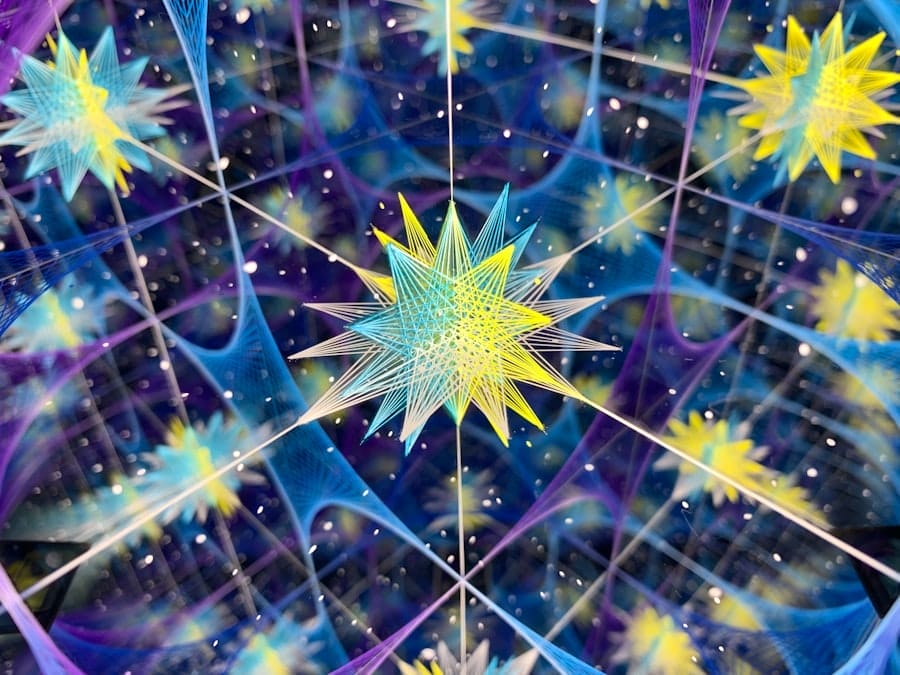
Indigenous Roots
In many Indigenous cultures, sticks or staffs are revered as powerful symbols connected to spirituality and guidance. This perspective enriches our understanding of wands as not just tools for divination but also as conduits for ancestral wisdom.
Modern Expressions
Contemporary interpretations of the Suit of Wands often draw from diverse cultural practices that celebrate creativity and self-expression. In modern society, where individualism is highly valued, wands have come to symbolize personal empowerment and authenticity.
The Suit of Wands serves as a bridge between tradition and modernity, reminding us that while we may evolve, our connection to history remains vital.
Wands in Relation to Other Tarot Suits
In examining the relationship between wands and other Tarot suits—Cups, Swords, and Pentacles—I find it intriguing how each suit embodies distinct aspects of human experience while also interconnecting in meaningful ways. While wands represent creativity and action, Cups delve into emotions and relationships; Swords explore intellect and conflict; Pentacles focus on material aspects and stability. This interplay creates a rich narrative within Tarot readings.
For instance, when I draw a combination of wands and cups in a reading, it often suggests a need to balance passion with emotional awareness. It reminds me that while pursuing my ambitions is important, nurturing my relationships is equally vital for holistic growth. Similarly, when wands appear alongside swords, it may indicate a clash between my desires and rational thought—prompting me to consider how my actions align with my values.
The interconnectedness of these suits enriches my understanding of life’s complexities.
Modern Perspectives on the Suit of Wands
As I reflect on modern perspectives regarding the Suit of Wands, I am struck by how contemporary practitioners have embraced its themes in innovative ways. Many Tarot enthusiasts today view wands not just as symbols of ambition but also as representations of personal empowerment and self-discovery. This shift aligns with broader societal movements advocating for authenticity and creative expression.
In my own practice, I find that engaging with the Suit of Wands encourages me to explore my passions fearlessly while remaining open to growth and change. Whether through artistic endeavors or professional pursuits, wands inspire me to take bold steps toward my aspirations while honoring my unique journey. As I navigate this modern landscape filled with possibilities, I appreciate how the Suit of Wands continues to evolve alongside us—serving as both a guide and an inspiration for those willing to embrace their inner fire.
If you are interested in learning more about cleansing crystals, you may want to check out this article on how to cleanse crystals. Understanding the energy and properties of crystals can enhance your tarot readings, just like understanding the history of the Suit of Wands in tarot cards. Both practices involve tapping into the spiritual realm and harnessing the power of natural elements for guidance and healing.
FAQs
What is the history of the Suit of Wands in Tarot cards?
The Suit of Wands is one of the four suits in a standard Tarot deck, and it is associated with the element of fire. The history of the Suit of Wands can be traced back to the 15th century in Europe, where Tarot cards were originally used for playing games.
What do the Suit of Wands represent in Tarot readings?
In Tarot readings, the Suit of Wands is often associated with creativity, inspiration, action, and passion. It is also linked to the pursuit of goals, ambition, and enterprise. The wands symbolize growth, energy, and the power to manifest one’s desires.
How many cards are in the Suit of Wands?
The Suit of Wands typically consists of 14 cards in a standard Tarot deck. These cards include the Ace of Wands, numbered cards from two to ten, and the court cards – the Page, Knight, Queen, and King of Wands.
What are some common symbols found in the Suit of Wands Tarot cards?
Common symbols found in the Suit of Wands Tarot cards include wands or staffs, which represent creativity and energy, as well as leaves, flowers, and other natural elements that symbolize growth and vitality. The cards often depict scenes of action, movement, and determination.
How is the Suit of Wands related to the element of fire?
The Suit of Wands is associated with the element of fire, which represents passion, energy, and transformation. Fire is often linked to creativity, inspiration, and the power to initiate change. In Tarot readings, the Suit of Wands reflects the fiery qualities of the element and its influence on the human experience.


